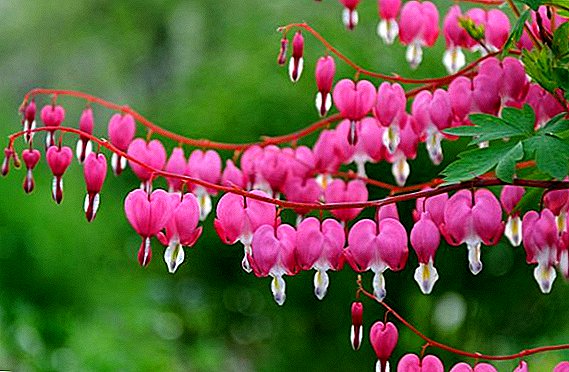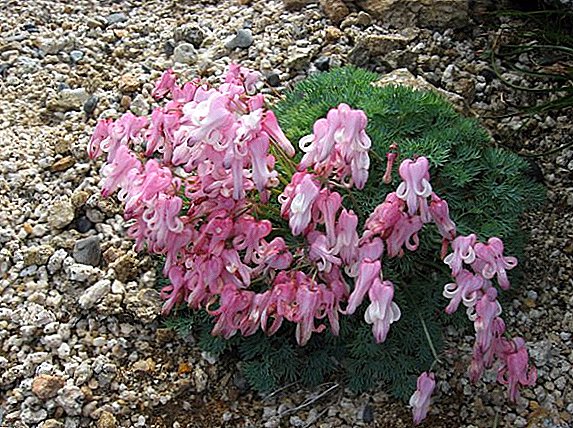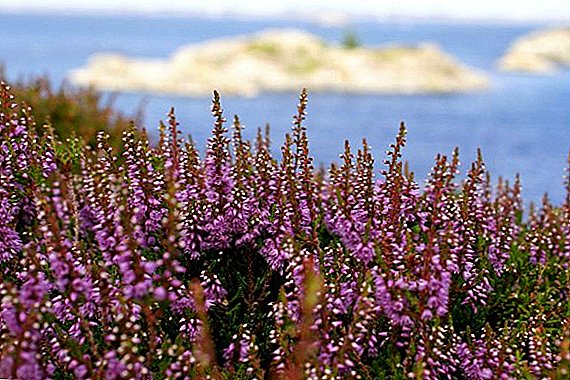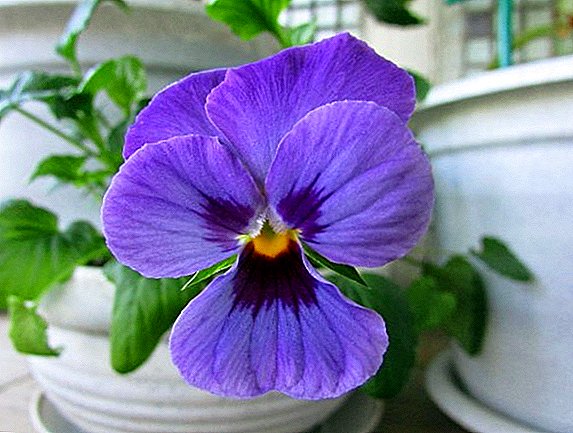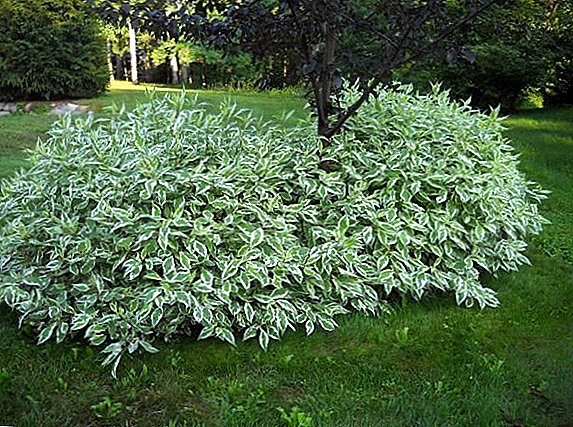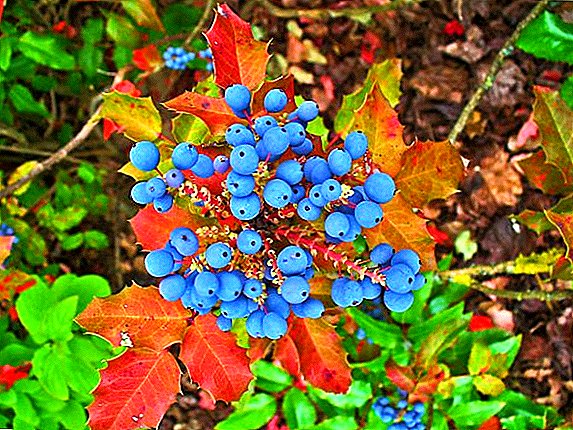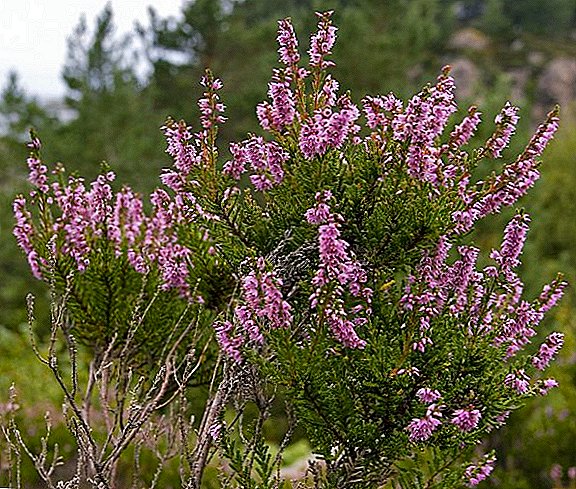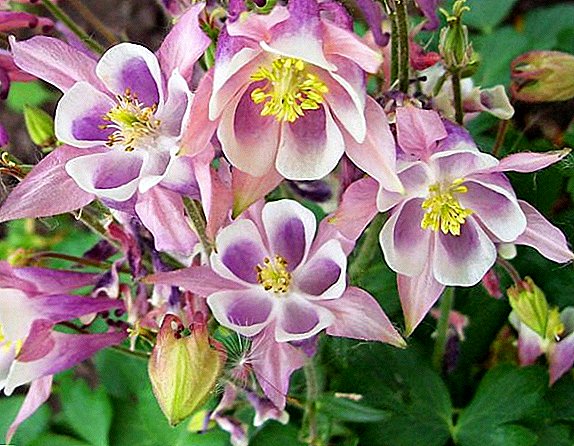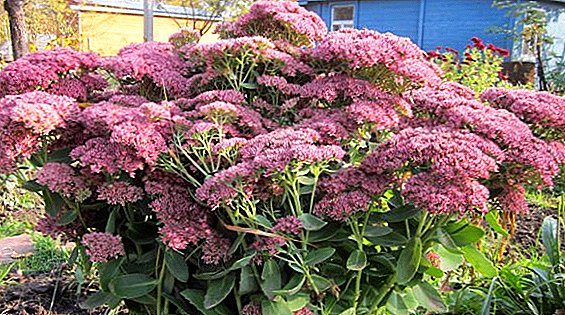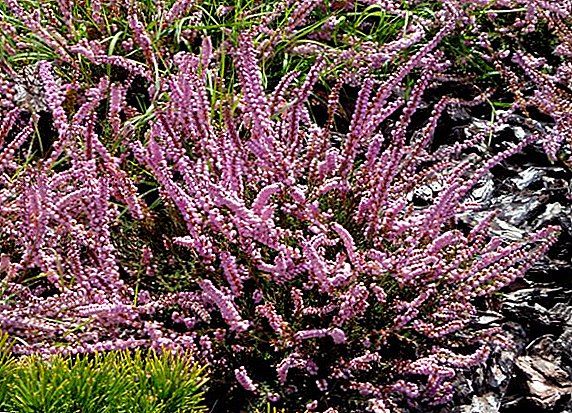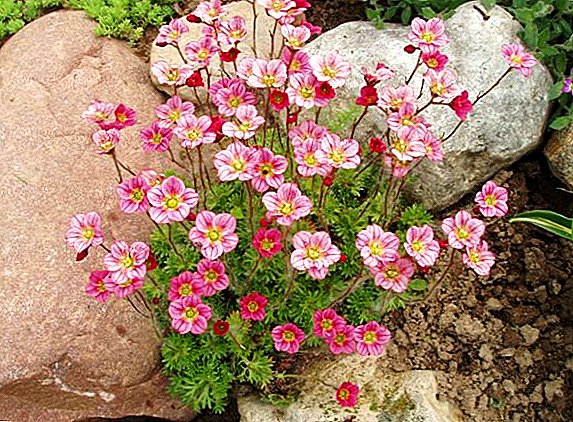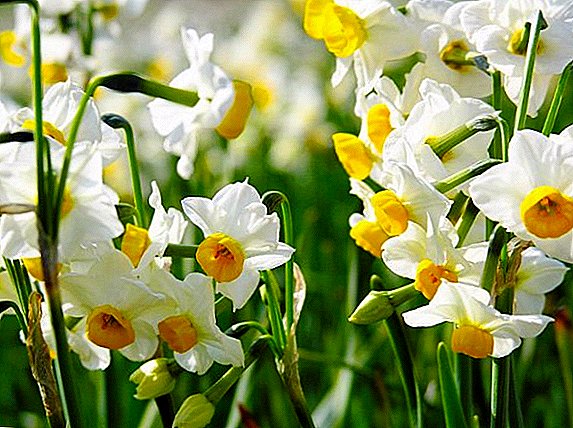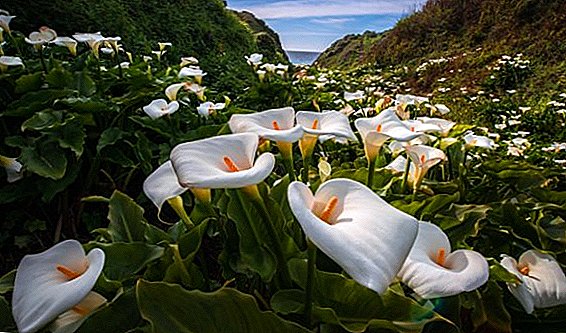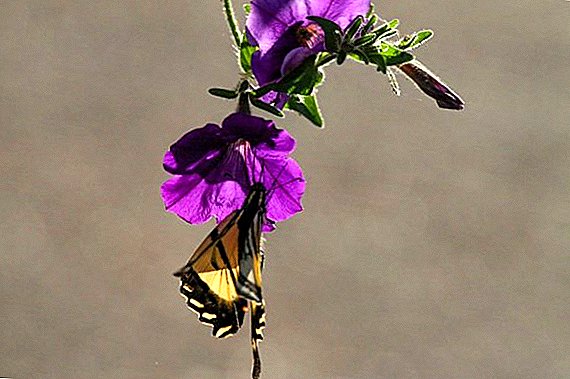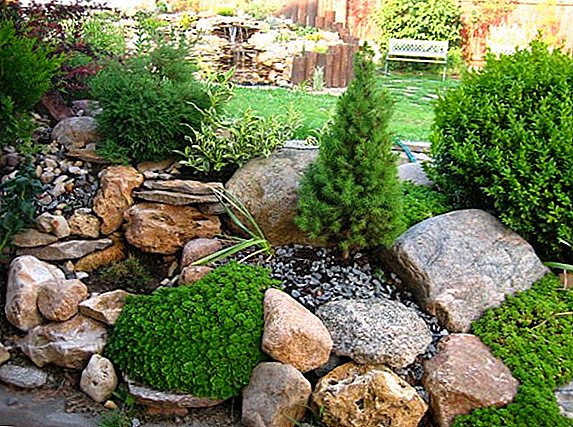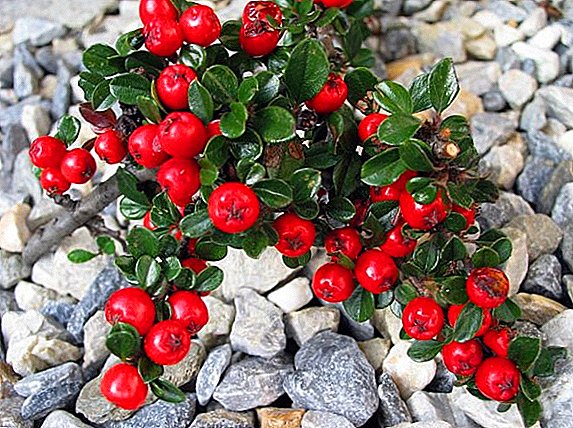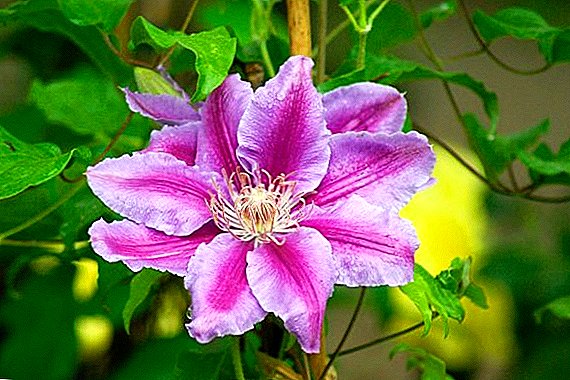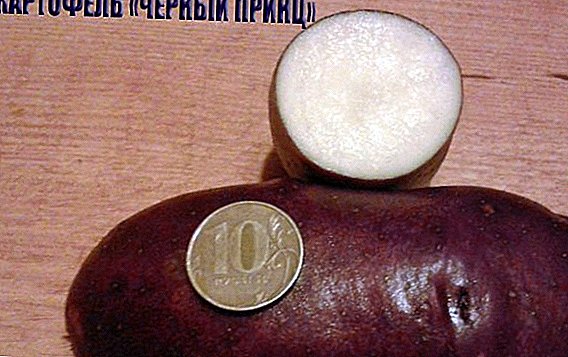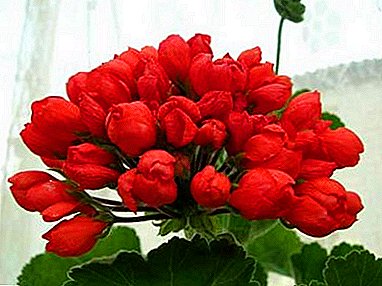Ornamental plant growing
Dicentra belongs to the genus of herbaceous perennials and annuals from the subfamily Dymiankovye. She has gained wide acclaim thanks to flowers that grow in the shape of a heart. Due to the shape of the plant, it was called the "broken heart flower". The unusual shape attracts gardeners, and many are wondering how to grow a center in their home.
Read MoreGazania or Gazania is one of the most prominent members of the Astrov family. This "native" of Africa has successfully taken root in our climate and has become the darling of many gardeners. Gazania is also called African chamomile. Did you know? Flowers ghazania fully disclosed only on sunny days.
Read MoreDicentra belongs to the smoky family, in nature you can find wild species in North America, China and the Far East. Appreciated by florists for the bizarre shape of the flower, which resembles a broken heart. The plant is characterized by unpretentiousness and an interesting form of leaves. We will talk about the most interesting varieties and types of this plant.
Read MoreHeather is a creeping perennial shrub that can grow in the wild from 30 to 40 years. This plant symbolizes admiration and good luck. It belongs to the heather family and the only one in its form. Heather has about 20 ornamental varieties for garden cultivation. In ancient times, heather was used in every possible way: in brewing, winemaking, they were even dyed yarn in yellow tones.
Read MoreIn the world of gardeners plant viola is very popular. There are a large number of varieties and types of viola, better known by the people as pansies. The wide distribution of these wonderful colors due to their beauty and variety of colors and shapes. Viola flowers delight a long period of flowering with a properly perfect planting and subsequent care - from early spring to late autumn.
Read MoreDerain white - a beautiful ornamental shrub that gives a beautiful view of the garden at any time of the year. It decorates the site with numerous bright inflorescences, and after flowering the bush becomes covered with white or white-blue berries. In autumn, its leaves turn purple, and in winter, red branches look amazing on white snow.
Read MoreMahonia padubolistnaya is a very beautiful ornamental plant, it is an evergreen shrub, the appearance and its purple berries resemble grapes, hence its other name "Oregon grapes". However, mahonia has strong medicinal properties that can heal the digestive organs and get rid of skin diseases.
Read MoreCommon heather (Calluna vulgaris) is our good "friend" of the heather family, known in folk medicine for a number of medicinal properties and used with great success. The plant has gained location and thanks to its aesthetic appearance. In addition, heather is quite common, which solves the problem with the procurement of raw materials.
Read MoreThe catchment flowers known in the recent past with a minimum of varieties (Orlik, little doves, boots, elf shoes, aquilegia) now sparkle in our gardens with many years of diversity. Attract gardeners with special beauty and unpretentiousness. Large specimens rise in height to one meter. Medium-sized polynomial flowers surprise by the grace of lines against the background of light green foliage.
Read MoreSill is a representative of herbaceous perennials, belongs to the Tolstiankov family. It has a huge number of varieties and types, there are more than 500. Important! One type of stonecrop is poisonous - it is acrid. In addition to the attractive appearance, the stonecrop big was widely used not only as a popular tool in traditional medicine, but also serves as the basis of some drugs in the traditional.
Read MoreHeather ordinary - the only species of the genus Heather. An evergreen plant with a life cycle of about four decades is completely unpretentious to the soil and care, has a large number of useful properties. Summer residents and gardeners in it are attracted by the fact that heather ordinary has many varieties for the garden.
Read MoreAquilegia flower roots go deep into the Middle Ages - the existence of this plant has been known since the 13th century. He was depicted on his canvases by medieval artists, was sung by poets, there are even mentions in Shakespeare’s “Hamlet”. Aquilegia belongs to the genus of herbaceous perennials, to the ranunculus family.
Read MoreAbout 600 species, united in 30 genera, constituted the family of room-stonefripe — plants actually breaking open the stones in which it grows. The homeland of saxifrage growing on the entire planet is considered to be high mountainous areas on both sides of the equator. Almost all species are perennial plants with whole, plumose or palmate leaves, single flowers or beautiful buds.
Read MoreDaffodils are perennial spring garden flowers of the Amaryllis family. There are more than 25 thousand varieties of daffodils, which are classified into 13 groups, of which only one group is a wild species (about 60 subspecies), the rest are selective. In the natural environment common in Eastern and Western Europe, Asia, in northern Africa.
Read MoreIf you want to decorate your garden with bright, colorful and at the same time unpretentious flowers, plant a representative from fabulous Africa - gatsania on your plot. In the gazanii many varieties and several names. It is also called ghazania or African chamomile. This wonderful flower quickly acclimatized in our latitudes.
Read MoreCalla is an exotic plant, its birthplace is South Africa. In its natural environment, the plant prefers wetlands. The flower was named Zantedesky in honor of the Italian botanist F. Zantedeschi. Despite the opinion that callas grow well only in greenhouses, the plant is successfully grown at home.
Read MoreCypress is one of the most luxurious evergreen representatives of the plant world. This tree forms a very neat decorative crown with scaly needles. In addition to the thick "hair" on it grow neat bumps round shape. Cypress growing in the wild, can reach up to ten meters in height.
Read MoreAmong ornamental plants, one of the places of honor is petunia. Its homeland is Uruguay, but it gained popularity in Europe, where it was imported. Climate and conditions are very suitable for her, so these flowers can now be found in almost every garden. Petunia is not capricious, unpretentious, and its flowers will be a decoration for any garden.
Read MoreA relatively new trend in landscape design is the construction of alpine slides. They changed the classic flower beds and rabatki and serve as an ornament for summer cottages and country houses. Garden alpine slides are an island of artificially created wildlife of the Alpine mountains. For their creation, rock stones are laid down and lush vegetation is planted among them.
Read MoreCotoneaster is a low deciduous plant that is valued for its decorative appearance. The foliage of this evergreen shrub turns from green to red in late autumn. Shrub is actively used in landscape design, having it in various compositions. Cotoneaster ordinary (Cotoneaster integerrimus) Cotoneaster ordinary is common from the Baltic to the North Caucasus, in natural conditions it grows on mountain slopes, sandy and lime-rich soils.
Read More

